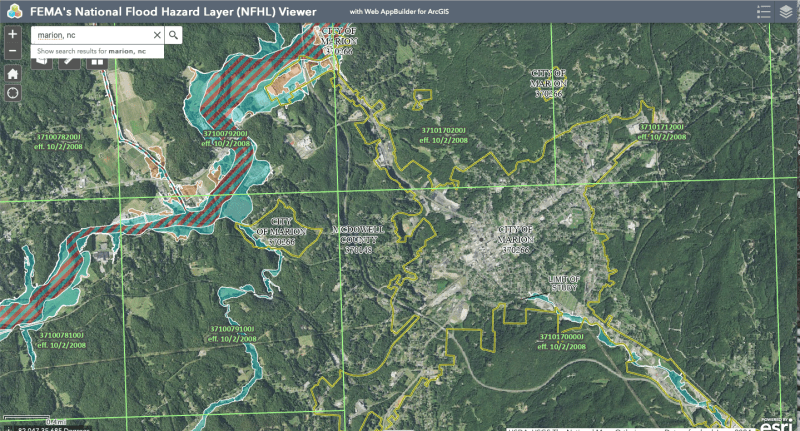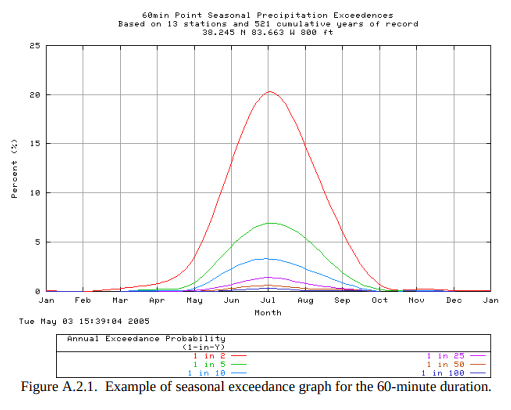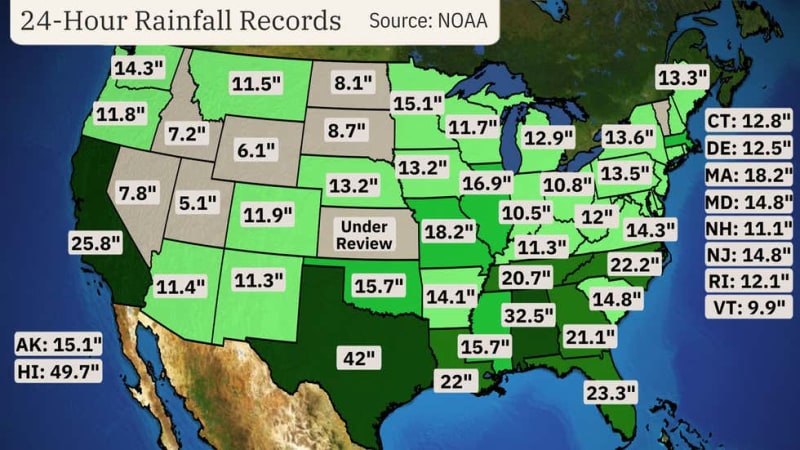Why the doubt? The 100yr design condition changes with updated rainfall and all relevant hydrologic, topographic, land use and surface coverage data. The new 100yr event will theoretically produce a design flood of correspondingly greater proportion and magnitude, if any information has significantly changed since the last map was issued. This is exactly the reason that updates are needed. The design storm event and the many other associated factors are not static. They are very much dynamic, increasingly so with the climatic changes we are witnessing today.
The appeal process would apparently allow an appeal, if it can be technically proven to have errors in the delineation of the design flood (the 100yr event). The key to that is to check that the latest WNS 100yr storm frequency data was used to develop the map and all the associated hydrologic and topographic information is current. If any of that data has subsequently changed, then the new map is potentially inaccurate and the appeal is most likely accepted. If Helene data is not yet in the NWS database, ask in the appeal ask to revise the NWS database as well.
The only danger I see is if new data shows that changes to the map are necessary, but an appeal is deliberately quashed, unknown to FEMA, in favor of not wanting the correct information to "affect the market". In fact, remembering that Ashville has experienced a greater flood in the past, that would be my greatest concern, as it would potentially cause exactly the same situation and type of damages we see before us today. If I was looking for a smoking gun, that's where I would begin my search.
SWcomposites said:
or
the local real estate "professionals" appeal to their local congresscritter (whom they generously "donate" to) to be sure FEMA doesn't mess up "local real estate values".
Or even more likely, the real estate guys call their Congressman and say "Do not make funds available for this flood map update program. It smells of that woke fake climate change thingy. Better to keep the House's lights off."
--Einstein gave the same test to students every year. When asked why he would do something like that, "Because the answers had changed."








